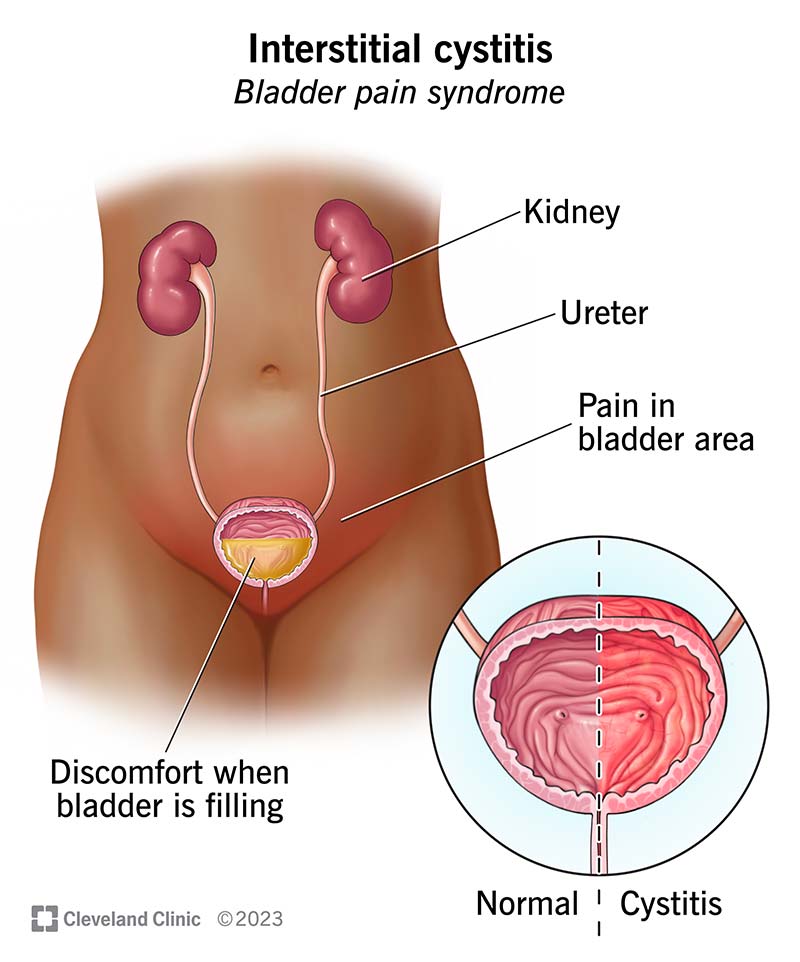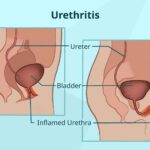Ureteral spasm with pain represents a significant urological symptom complex, often misinterpreted or overshadowed by more commonly recognized conditions such as renal colic. Characterized by sudden, sharp, and often debilitating flank or lower abdominal pain, these spasms result from involuntary contractions of the ureteral smooth muscle, frequently triggered by obstruction, irritation, or trauma within the urinary tract. Recognizing and treating ureteral spasm effectively is crucial to reduce patient discomfort and prevent complications.

Understanding Ureteral Spasm: What It Is and How It Occurs
Ureteral spasms are involuntary, sudden contractions of the ureteral smooth muscle, which can lead to transient or sustained obstruction of urine flow from the kidney to the bladder. These spasms can produce intense colicky pain, typically referred to as ureteral colic, which mimics the presentation of kidney stones but may occur without a detectable obstructing calculus.
Pathophysiology:
- Smooth Muscle Contraction:
The ureter is lined with longitudinal and circular muscle fibers. Neurological or chemical stimuli may induce hyperactive contraction. - Autonomic Nervous System Activation:
Irritation from a stone, infection, or catheter can activate sympathetic nerves, increasing muscle tone and spasm. - Secondary to Obstruction or Trauma:
Physical blockage, surgical manipulation, or instrumentation (e.g., stents, catheters) commonly provoke spasm.
Causes of Ureteral Spasm With Pain
Ureteral spasms can arise from various physiological, mechanical, and pharmacologic triggers.
Common Etiologies:
- Ureteral Calculi (Stones):
Most frequent cause; even a small stone can induce intense spasmodic pain. - Ureteral Stents:
Friction or pressure from indwelling stents may irritate the ureteral lining, causing recurrent spasms. - Post-surgical Manipulation:
Ureteroscopy, catheterization, or ureteral dilation often provoke transient spasmodic episodes. - Urinary Tract Infections (UTIs):
Inflammation of the ureter can increase neural sensitivity, enhancing pain responses. - Radiation or Chemotherapy Effects:
Pelvic radiation or certain drugs (e.g., cyclophosphamide) may cause ureteral irritation. - Functional Disorders:
Less commonly, hypertonicity of the ureteral smooth muscle may be idiopathic.
Clinical Presentation: Recognizing Ureteral Spasm Pain
The hallmark symptom of ureteral spasm is acute, colicky flank pain. It may closely resemble renal colic but differs in certain contexts.
Key Symptoms:
- Sudden onset of sharp or cramping flank pain, potentially radiating to the groin or lower abdomen
- Nausea and vomiting secondary to visceral pain reflex
- Urgency or frequency when associated with lower ureteral involvement
- Absence of hematuria in some cases, distinguishing it from typical stone-related colic
- Intermittent episodes, especially if related to stent irritation or residual post-operative effects
In contrast to renal colic, pain from a ureteral spasm may occur without detectable obstruction, particularly when caused by irritation rather than a physical blockage.
Diagnostic Approach: Evaluating Ureteral Spasm and Pain
Accurate diagnosis of ureteral spasm requires a combination of clinical evaluation, imaging, and exclusion of other causes of flank pain.
Recommended Workup:
- Urinalysis:
Rule out infection and hematuria; negative findings suggest non-infectious spasm. - Non-contrast CT (CT KUB):
To detect stones, obstruction, or ureteral dilation. - Ultrasound:
May show hydronephrosis if obstruction is transient. - Cystoscopy or Retrograde Pyelography (if post-instrumentation):
Evaluate for structural abnormalities or complications from stents. - Symptom Reproducibility:
In cases involving stents or recent surgery, pain occurring during movement or voiding supports diagnosis.
Effective Treatment Options for Ureteral Spasm With Pain
Therapy aims to relieve pain, relax ureteral muscles, and address underlying causes such as obstruction or infection.
1. Pharmacologic Management
- NSAIDs (e.g., Diclofenac, Ibuprofen):
First-line for acute pain due to their anti-inflammatory and prostaglandin-inhibiting effects. - Alpha-Blockers (e.g., Tamsulosin):
Relax ureteral smooth muscle; beneficial in both calculous and non-calculous spasm. - Antispasmodics (e.g., Hyoscine, Drotaverine):
Directly inhibit smooth muscle contraction, reducing spasm intensity. - Opioids:
Reserved for severe pain unresponsive to NSAIDs.
2. Interventional Strategies
- Ureteral Stent Removal or Adjustment:
In cases of stent-induced spasm, repositioning or removing the stent may provide immediate relief. - Hydration and Diuresis:
Encourage fluid intake to flush the ureter gently, especially in mild spasm cases. - Botulinum Toxin Injection (Rare):
Investigational use in refractory cases to suppress spastic ureteral segments.
Prevention of Ureteral Spasm in High-Risk Patients
Prophylactic strategies are important for patients undergoing urological interventions or with recurrent ureteral irritation.
Preventive Measures:
- Pre-operative Alpha-blocker Therapy:
Starting tamsulosin before ureteroscopy or stenting can reduce post-procedural spasms. - Minimally Invasive Techniques:
Gentle instrumentation during surgery reduces mucosal trauma. - Timed Stent Removal:
Avoid prolonged stent dwell time beyond clinical necessity. - Adequate Pain Control Post-Surgery:
Early intervention reduces the cascade of pain-induced spasm cycles.
Ureteral Spasm vs. Renal Colic: A Comparative Overview
| Feature | Ureteral Spasm | Renal Colic |
|---|---|---|
| Pain Onset | Sudden, intermittent | Sudden, severe, progressive |
| Hematuria | Often absent | Frequently present |
| Stone on Imaging | Usually absent | Common |
| Trigger | Stents, procedures, irritation | Obstructing calculus |
| Response to Antispasmodics | Significant | Partial or delayed |
| Flank Tenderness | Mild or absent | Usually marked |
Prognosis and Long-Term Outcomes
With proper treatment, ureteral spasms are highly manageable, and recurrence is rare in patients without structural abnormalities or chronic ureteral irritation. In post-surgical cases, symptoms often resolve spontaneously within days as inflammation subsides.
However, if left untreated, repeated spasms may lead to hydronephrosis, secondary infections, or long-term discomfort impacting quality of life.
Ureteral spasm with pain is a distinct clinical entity requiring a high index of suspicion, particularly in patients with recent urological manipulation or unexplained flank pain. Differentiating it from renal colic and other causes of abdominal pain is essential for timely and effective treatment. With appropriate diagnostics and targeted therapies—ranging from NSAIDs to alpha-blockers—most patients experience swift relief and minimal recurrence. A proactive approach to prevention, especially in procedural contexts, further enhances outcomes and patient comfort.

